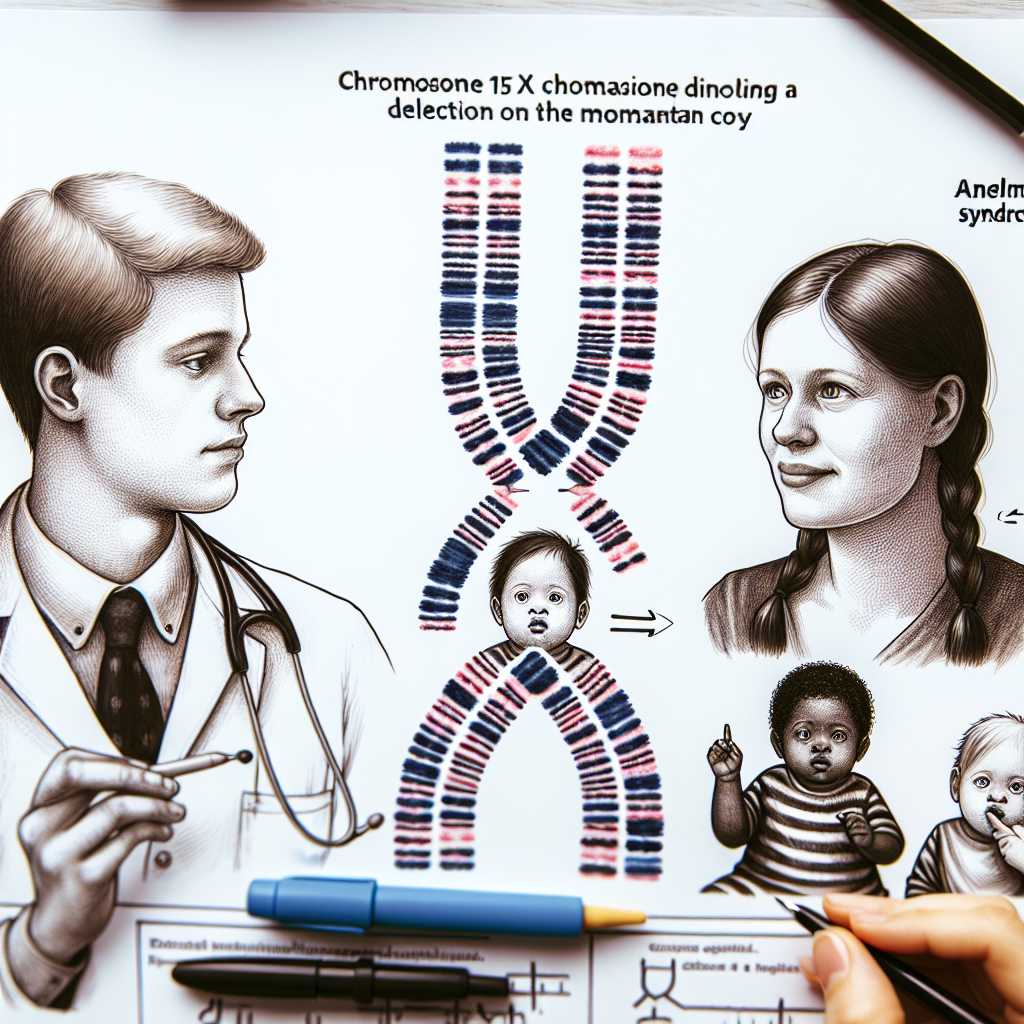Understanding Angelman Syndrome: An Overview of Causes, Symptoms, and Management
Angelman syndrome is a neuro-genetic disorder that affects approximately 1 in 12,000 to 20,000 newborns. Named after the British pediatrician Harry Angelman, who first documented it in 1965, the condition arises from genetic anomalies that lead to neurological and developmental challenges. This article delves into the core aspects of Angelman syndrome from its genetic underpinnings to the long-term care considerations for affected individuals.
Genetic Causes of Angelman Syndrome
Angelman syndrome is primarily caused by irregularities in chromosome 15. The majority of cases occur due to a deletion of a segment in the maternal copy of the chromosome. Other genetic mechanisms can lead to this condition including uniparental disomy (both copies of chromosome 15 coming from the father), mutations in the UBE3A gene, or issues with chromosome 15’s imprinting center.
Each case is unique, depending significantly on the specific genetic cause, although the result is typically similar
Clinical Symptoms and Diagnosis of Angelman Syndrome
Those with Angelman syndrome can be identified by a range of clinical features. The hallmark characteristics include developmental delays, which become noticeable at around 6-12 months, intellectual disability, speech impairment with minimal to no use of words, and distinctive behaviors such as frequent laughter or smiling and excitable demeanor.
Other symptoms include microcephaly (small head size), seizures that typically begin in early childhood, movement and balance disorders manifesting as ataxia or tremulousness, sleep disturbances, and unique facial features including deep-set eyes, a wide mouth, and a prominent chin.
Diagnosis often involves a combination of observing clinical symptoms and genetic testing. Various tests are used to pinpoint the changes in chromosome 15 that give rise to Angelman syndrome. Confirmatory diagnosis is critical for guiding proper treatment and management strategies.
Therapeutic Management and Support
While there is no cure for Angelman syndrome, multiple interventions can significantly improve quality of life for those affected. Management strategies focus on addressing specific symptoms and supporting developmental milestones through therapies.
Speech therapy aids communication skills; even if verbal language is limited, individuals may learn alternative forms of communication such as sign language or picture communication systems. Physical therapy plays a crucial role in enhancing motor skills and mobility. Occupational therapy helps with everyday tasks and self-care routines.
Seizures are managed with anti-epileptic drugs tailored to individual needs. In terms of behavioral management, consistency in routines and positive reinforcement are often beneficial. Parents and caregivers also may need to adjust their homes and environments to ensure safety and accessibility.
Research Advances and Future Directions
Research endeavors target an arrayly arrayiedy raof facetofsacetsngelman syndrome; there is hope in advancing targeted gene therapies which focus on activating the paternal UBE3A gene or repairing the maternal gene alteration. However, such treatments are still in experimental stages.
Understanding of how living with Angelman syndrome impacts families can guide support services. Societal awareness matters too; increased recognition leads to earlier diagnosis, intervention, and community engagement enhancement around developmental disorders.
Notes
Image Description The descriptive imagery proposes a thoughtful diagram showcasing chromosome 15 with highlighted areas indicating a deletion on the maternal copy associated with Angelman syndrome. Beside it stand two smaller images: one describes a physician engaged in a consultation with a child displaying hallmarks of AngelianrasymDiamondandCDangel mCtonyndmCNDsy anodiamondely partonomyria ha haparteryndlaugh terlacedoynd GeoL lacedoynd reter csingREEVERCRARIimarito chamcottCGEEVer r
In todimentaryArtnother image-lrepiteesentnd glglether bonds ndloffthrough sign language demonstrating alternative communication techniques embraced by those impacted by the condition.

